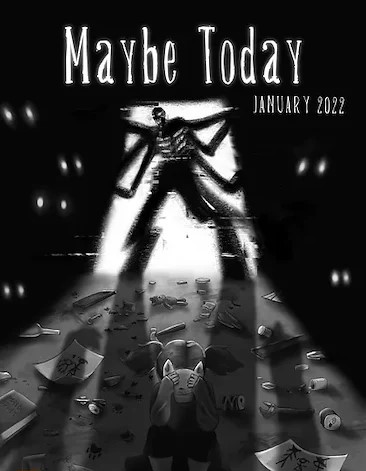Fantasy Worldbuilding
When writing the history, religions, and magic systems of this world, I always kept a strong narrative focus in mind. One of my favorite hobbies is storywriting, and so when creating Vaeluria, I aimed to write stories around and in it, spanning from stories of how the world came to be and what shenanigans the gods get up to in their immortal extistances, to stories telling the lives of mortals and how they live day-to-day in a world full of wonder. As time progressed, and the world grew into its own, Vaeluria's future became broader. The world lends itself to many mediums: literature, video games, tabletop campaigns... However, in relation to my studies and personal interests, a game seems to be the likeliest path, given time and the proper resources.
An open-world RPG including classes the player can choose from, each related to the different species that populate the world. Each class would have it's own unique qualities; moon elves who are more attuned to magic, sun elves who ride dragons, fire elementals working in forges to create weaponry, or water elementals who thrive underwater. These are only a few of the options the player would be able to choose between, with the freedom to craft their own path through this world. A strong narrative would guide them through their journey as war rages through the world, granting them the choice between the two sides, the possibility to rise in the ranks and carve their way through the conflict.





















.jpg)









